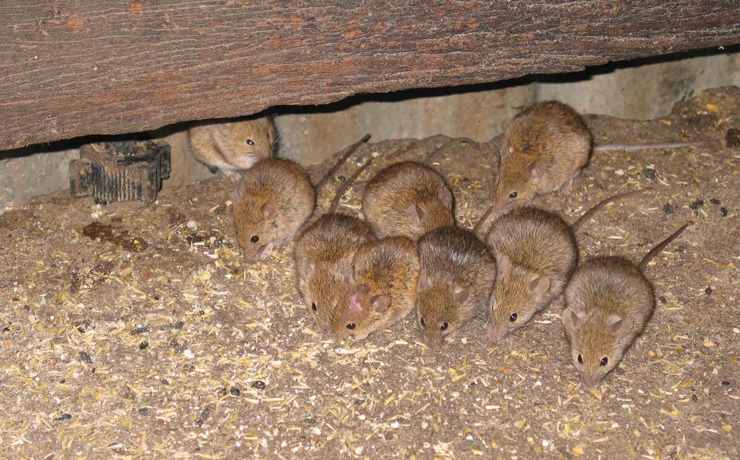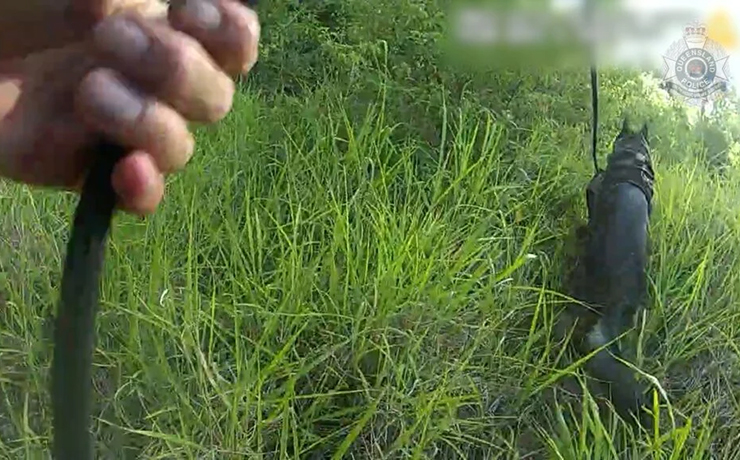
(Photo: GRDC / CSIRO)
May 10, 2021
South Burnett residents have been reminded of the potential dangers of leptospirosis after an increase in cases in the Darling Downs Health area this year.
So far this year there have been 10 cases of the disease, almost three times greater than the five-year average.
Leptospirosis is a disease that spreads from animals to humans with symptoms including high fever, severe headaches, chills, muscle aches and vomiting.
Other symptoms can include jaundice, red eyes, abdominal pain, diarrhoea and rash.
Leptospirosis can be treated with antibiotics however, in rare cases, it can be fatal.
Darling Downs Public Health Unit Senior Medical Officer Dr Liam Flynn said the recent increase in leptospirosis cases coincided with an increase in rodent activity in the local area.
“We have seen an increase in rodents, particularly mice, in areas around the Southern Downs and Darling Downs,” Dr Flynn said.
“Rodents, as well as other animals including livestock, pets and wildlife, can carry the Leptospira bacteria without showing symptoms. Human infections are usually caused by exposure to an infected animal through the unintentional ingestion or inhalation of its urine or excrement.
“Leptospirosis can also be present in contaminated soil or water. Covering cuts and abrasions can help minimise the risk of this exposure.”
Dr Flynn said the best way to avoid getting leptospirosis was frequent hand washing, particularly before eating, and thorough cleaning of areas where rodents have been.
“There are additional steps that specific occupations like farmers, abattoir workers and vets can take to protect themselves from infection.
“However, on the whole, good hygiene practices like washing your hands before eating, discouraging mice from in and around your home, and keeping areas clean, are the best methods of prevention.”
* * *
New CSIRO research, funded by the Grains Research and Development Corporation, has led to emergency-use approval for stronger zinc phosphide (ZnP) mouse baits to help grain growers battling above-average mouse numbers in eastern Australia.
ZnP-coated wheat bait is the only registered in-crop rodenticide for the management of mice damage in broad-scale agriculture in Australia.
The new Australian Pesticides and Veterinary Authority (APVMA) emergency use permit increases the concentration of zinc phosphide active per wheat grain from 25 mg/kilogram to 50 mg/kg.
The bait will still be applied on-farm at one kilogram per hectare but will have twice as much ZnP on each grain, increasing the likelihood of a mouse consuming a lethal dose in a single feed.
This GRDC/CSIRO research is the first laboratory-based wild house mouse bait efficacy study done in Australia since the chemical was registered for agricultural use about 20 years ago.
Grain Producers Australia applied for the APVMA emergency use permit based on the GRDC / CSIRO research outcomes.
CSIRO researcher Steve Henry said the new mixing rate was lethal in all mice while the previous rate was only lethal in 50 per cent of mice.
“It is critical that every grain of bait represents a lethal dose,” Mr Henry said.
“Our lab research has shown that mice rapidly develop aversion to the bait, meaning that if they do not consume a lethal dose from one grain of bait, they will not consumer any more toxic grain.”
- External link: Mouse Alert website
[UPDATED]






















